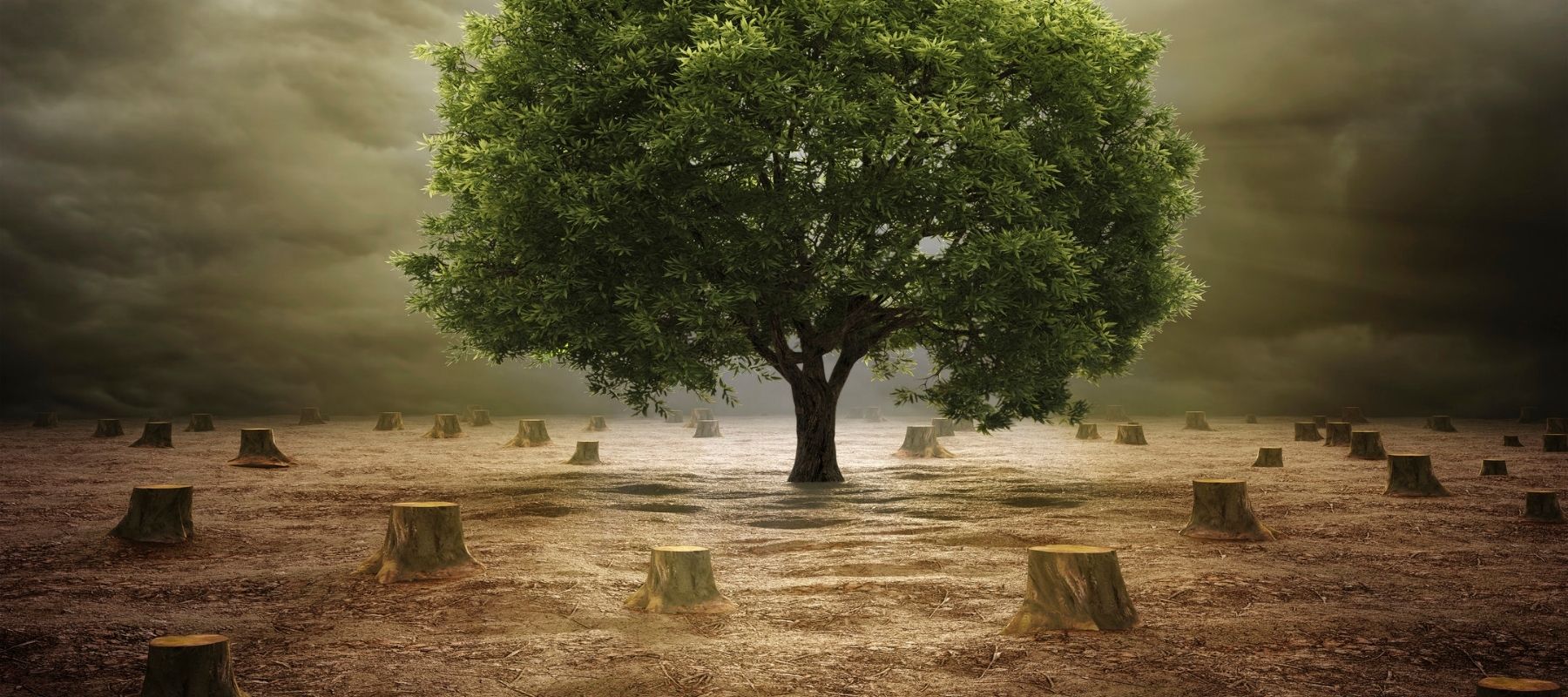
Why the Backlash Against Bioethanol Fires?
Bioethanol fires promise clean flames and modern vibes—but not everyone's a fan. Some say they’re not as eco-friendly as they look, and others worry they’re stealing crops or just playing dress-up as “green.” Short answer? People oppose bioethanol because it’s not perfect. Read on to discover if the critics are right.
Is It Really Eco-Friendly?
Let’s be honest. Anything with the word "bio" in it sounds like it belongs in a yoga studio or an eco retreat. Bioethanol fires have that clean, minimal look and promise to be good for the planet. But for some, the promise doesn’t quite match the footprint.
Here’s the issue: bioethanol is made by fermenting crops like corn or sugarcane. Growing those crops takes land, water, fertilisers, and quite a bit of energy. Then there’s harvesting, transporting, and processing. It all adds up.

Critics argue that when you count the whole process, bioethanol’s carbon emissions aren’t that much better than traditional fuels. In fact, they say the "carbon neutral" label is a bit of a stretch.
But before we write it off, let’s put it in context. Compared to coal, gas, or an old wood burner belching out smoke, bioethanol is still cleaner. And there’s a move towards second-generation bioethanol, made from waste like straw or corn stalks, not food crops.
So, is it completely green? No. Is it greener than many alternatives? Absolutely.
The Food vs. Fuel Debate
Imagine driving past a wheat field and wondering whether it’s destined for bread or your living room fire. That’s essentially the heart of the debate.
Most bioethanol is produced from crops we can also eat. Wheat, maize, sugarcane—all things that could feed people instead of feeding a flame. Some worry that, on a global scale, turning food into fire might not be the best idea.
There’s a genuine concern that increased demand for bioethanol could drive up food prices or make staple crops harder to access in developing countries. It’s the classic "food vs. fuel" dilemma.

But it’s worth noting: domestic bioethanol fires make up a tiny sliver of global bioethanol use. Most of it goes into fuelling cars and industries. And with advancements in technology, more manufacturers are switching to waste-based bioethanol, which doesn’t take food off anyone’s plate.
So yes, the debate is real. But the impact of your Saturday night flame is probably smaller than it sounds.
What About Safety?
Let’s talk about the elephant in the room: lighting liquid fuel indoors sounds... questionable.
No chimney. No flue. Just a sleek little burner and a bottle of fuel. What could go wrong?
Actually, quite a bit — if you don’t follow the rules. Spilled fuel, poor ventilation, or refilling while the fire’s still hot can all pose risks. And let’s not forget some people buy the cheapest units they can find online, often without safety certification.
But here’s the reality: when used properly, bioethanol fires are safe. The key is following basic guidelines. Only use approved fuel. Never refill when it’s still hot. Make sure the room is ventilated.
At Flame Crafters, we only sell trusted brands that meet British and European safety standards. And we’re always happy to talk customers through safe setup and use. Because relaxing by the fire should never come with a side of anxiety.
Is It All Just Greenwashing?
Ah, greenwashing — the art of looking eco-friendly without really being it. Some people believe bioethanol fires fall squarely into this camp.
They burn cleanly, yes. No smoke, no ash, no soot. But they do still release carbon dioxide. And because of that, critics argue that calling them "green" is misleading.
The term "carbon neutral" gets thrown around a lot, and while it’s technically true when factoring in the plants used to make the fuel, it doesn’t tell the whole story. From crop to combustion, there are emissions at every stage.
But here’s a thought: sustainability is rarely black and white. It’s not perfect or nothing. Bioethanol fires might not be flawless, but they’re part of a broader shift towards cleaner, more flexible heating options. And in homes where a wood stove or gas line isn’t practical, they offer a low-emission alternative.
Let’s not throw out progress just because it isn’t perfect.
The Benefits That Often Get Overlooked
With all this talk of problems, you’d be forgiven for wondering why anyone chooses bioethanol fires at all. But there are plenty of good reasons.
They don’t need a chimney or gas line. They’re easy to install and even easier to use. You get real flames without smoke, mess, or the faff of logs.
Design-wise, they’re a dream. From ultra-modern fire tables to traditional insets, there’s something for every taste. And they’re perfect for renters or renovators who want atmosphere without committing to structural changes.
They also suit the lifestyle of people who value both style and simplicity. Busy professionals. Social entertainers. Anyone who wants to impress without spending hours cleaning soot.
So... Should You Still Consider a Bioethanol Fire?
Bioethanol fires aren’t flawless. They raise questions about sustainability, food resources, and safety. But they also solve real problems.
If you want a real flame in a modern home without the cost, complexity, or emissions of traditional fires, they’re a smart choice.
At Flame Crafters, we believe in honest conversations. We won’t pretend bioethanol is the saviour of the planet, but it is a stylish, flexible option for homes that want comfort with a conscience.
Got questions? Curious to see what a bioethanol fire might look like in your space? Get in touch or explore our range of bioethanol fires.
Because sometimes, the middle ground is where the real magic happens.
Other content we think you'll love
- The Future of Bioethanol: A Renewable Revolution
- Bioethanol: Green Fuel or Eco-Friendly Illusion?
- Is Bioethanol Renewable? The Truth Behind This Green Fuel
- Is Bioethanol Really Carbon Neutral? The Truth Behind the Flames
- Is Bioethanol Bad for the Environment? The Truth Behind This "Green" Fuel
- The Bioethanol Dilemma: Is It Fueling the Future or Failing the Planet?
- Bioethanol Fires: What You Need to Know to Choose a Safe and Efficient Model
- The Hidden Dangers of Bioethanol Fires (and How to Stay Safe!)
- Are Bioethanol Fires a Good Idea? Unveiling the Truth
- Which is Better: Bioethanol or Methylated Spirits?

